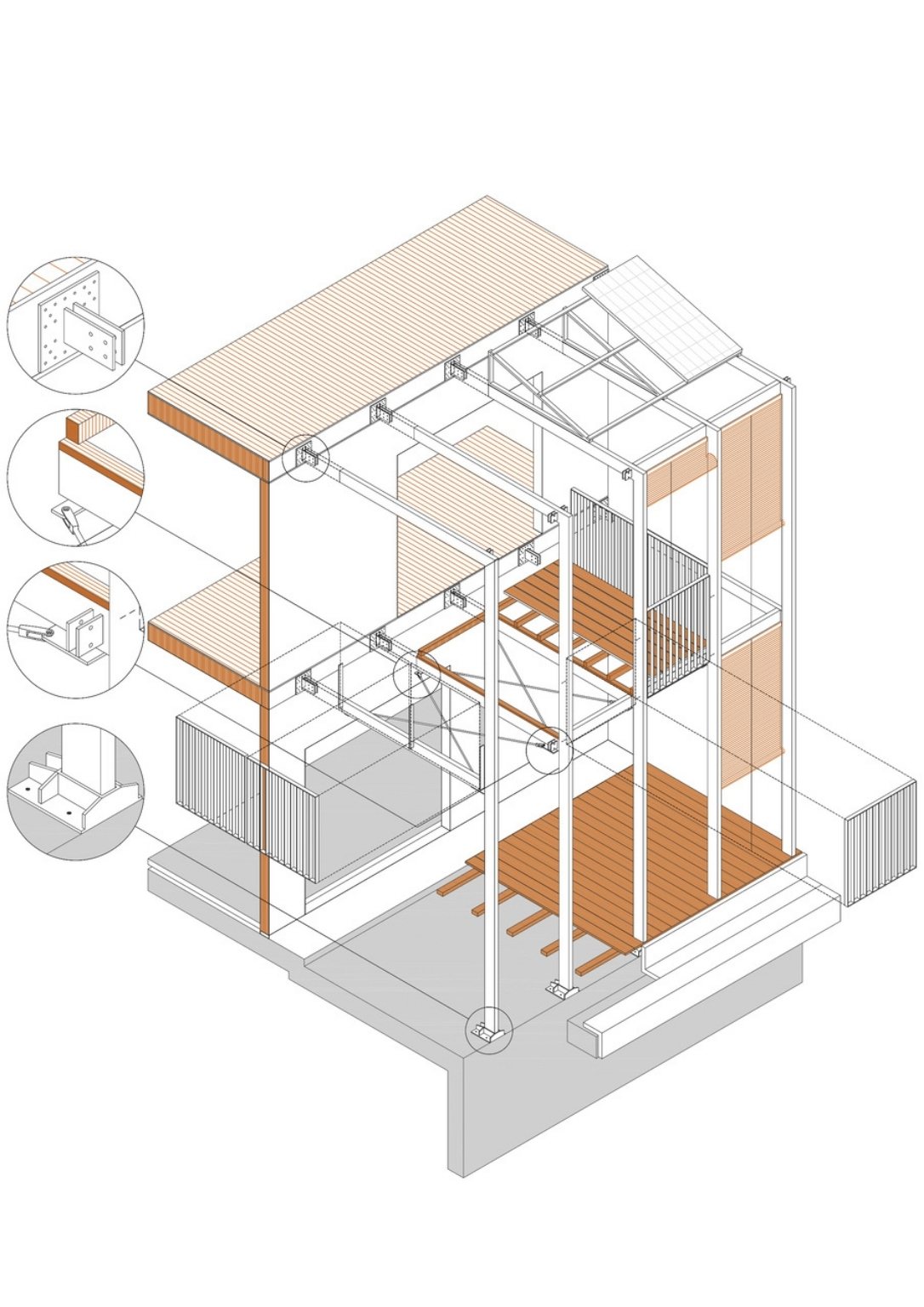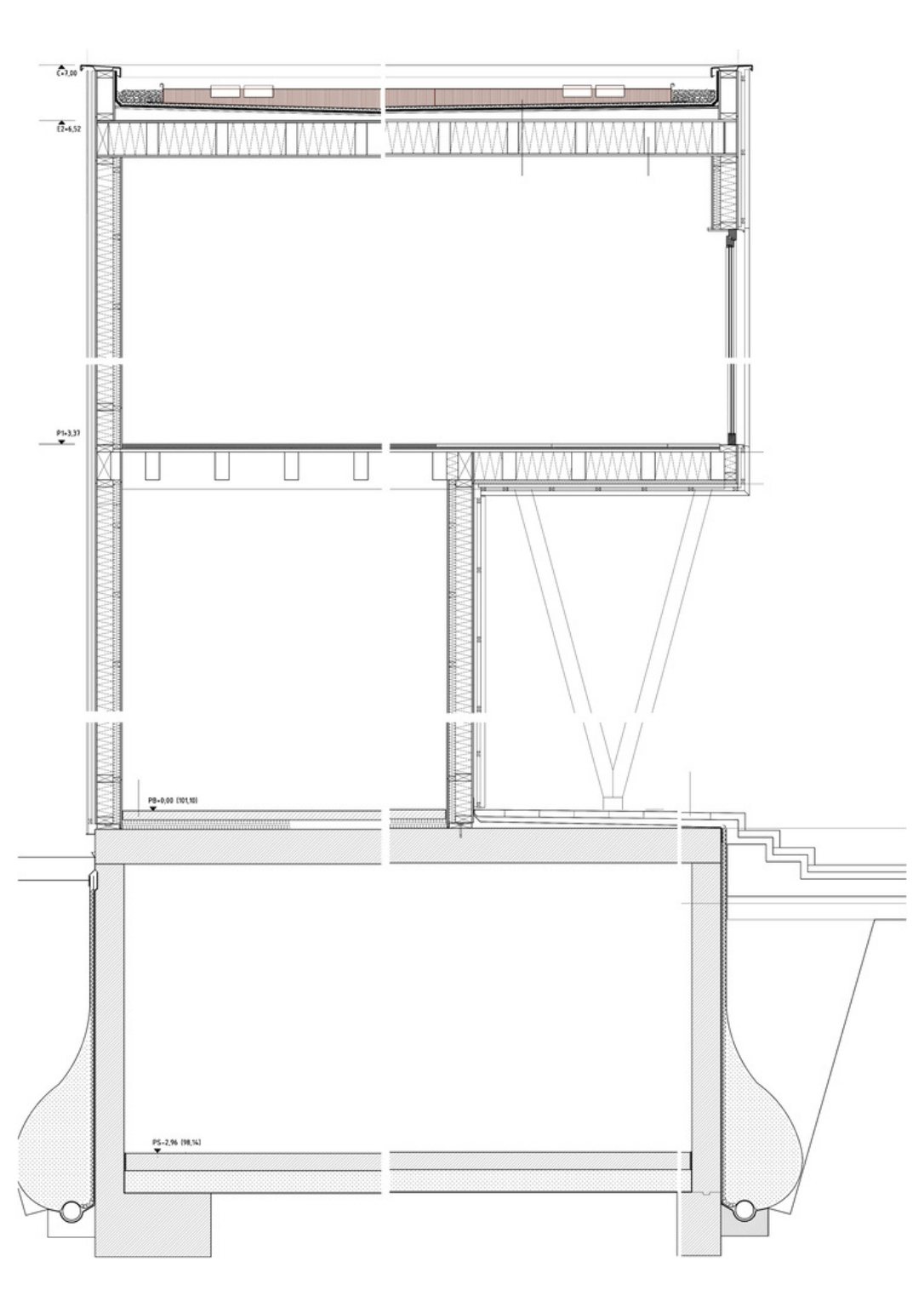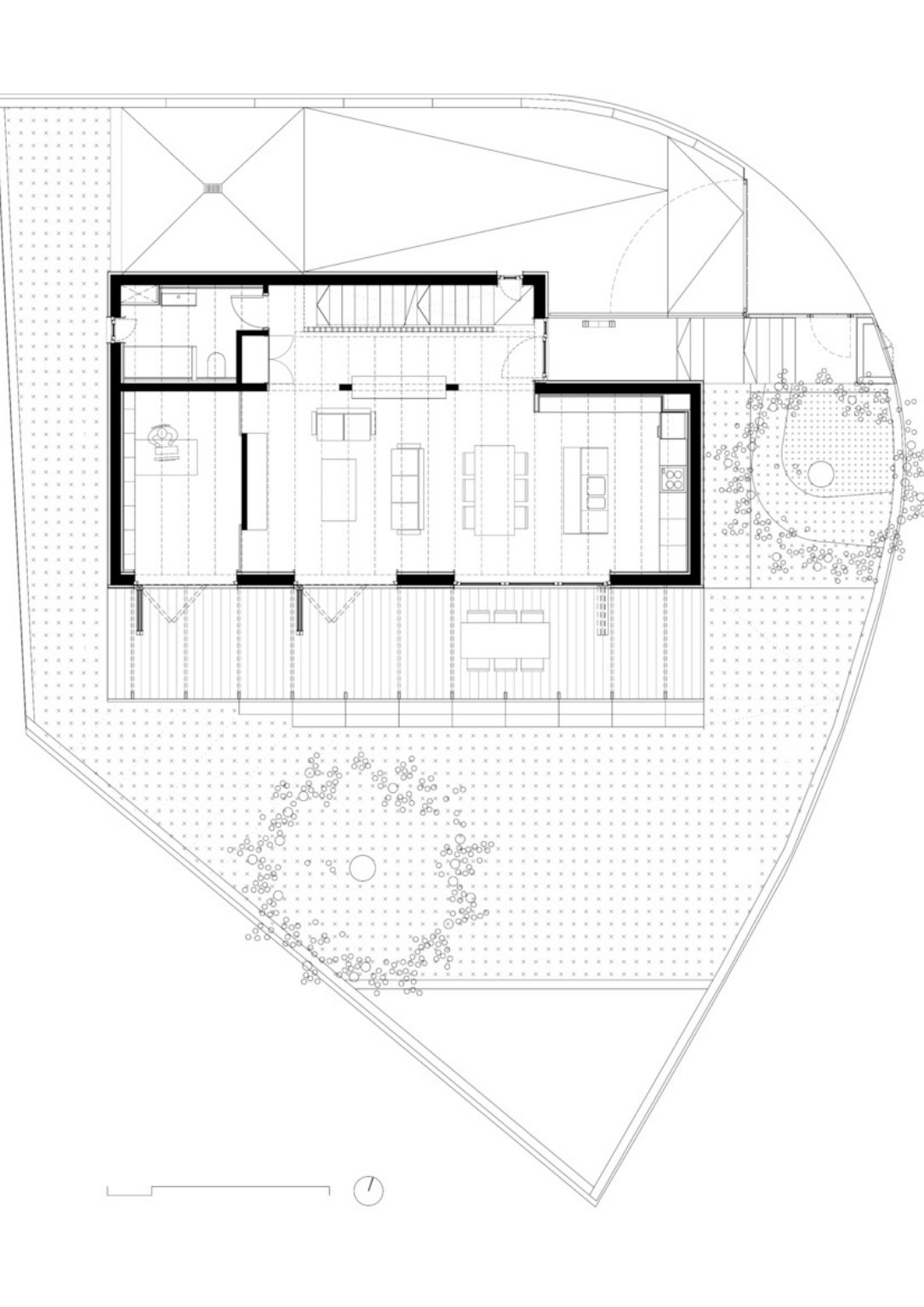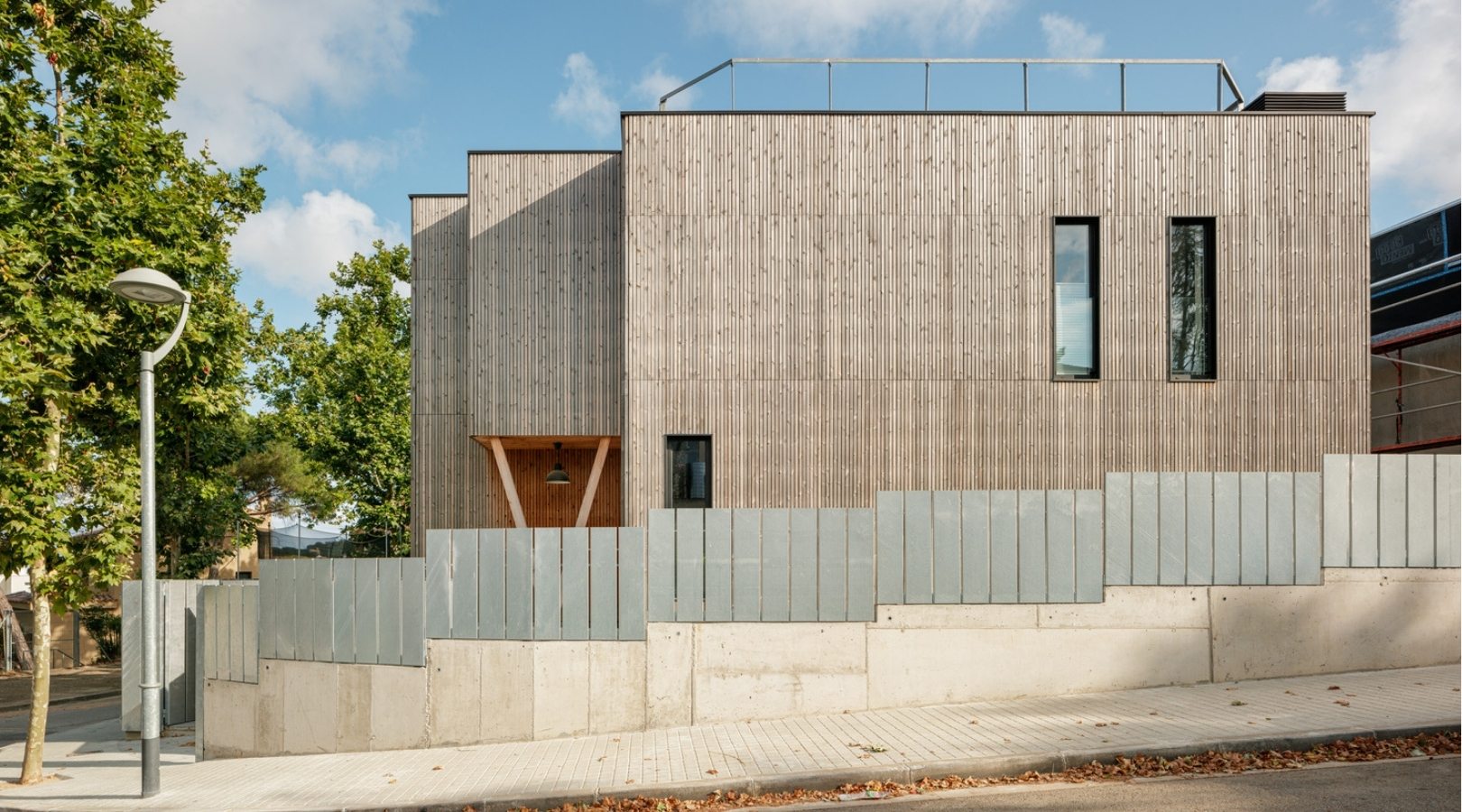
BE House: A Dwelling Guided by The Passive House Principle
The looming threat of climate change caused by environmental pollution has called builders to consider energy-efficient structures. It has been an ongoing trend that is being adopted even in residential buildings. Saving energy even through the smallest gesture can lower air and water pollution. It also creates a healthier environment and conserves natural resources that will positively impact the lives of future generations.

The Passive House principle, established in 1996 by the Passivhaus Institute in Germany, revolves around the standard of building highly energy-efficient structures that promote indoor comfort and acoustic insulation. The design focuses on using organic sources of light, shade, and ventilation as opposed to using artificial air conditioning and heating.
It also suggests the use of insulation and airtightness resulting in lower levels of internal and external noise.
This is the core principle that guided SUMO Arquitectes in constructing the BE House in Barcelona. Built for a family of four on a 370 square-meter land, the house is made with a full understanding of the occupants’ comfort while striding towards nature conservation.
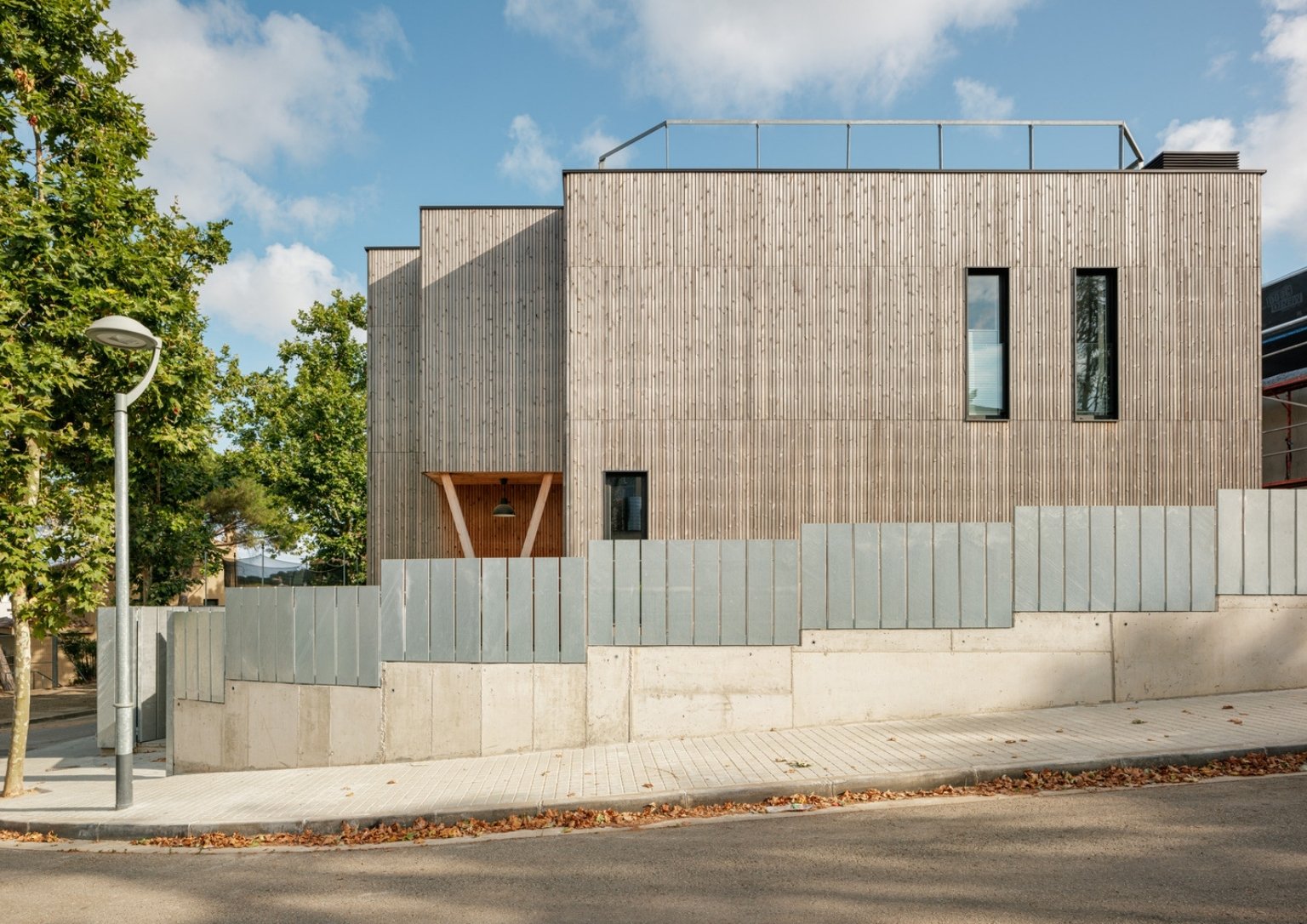



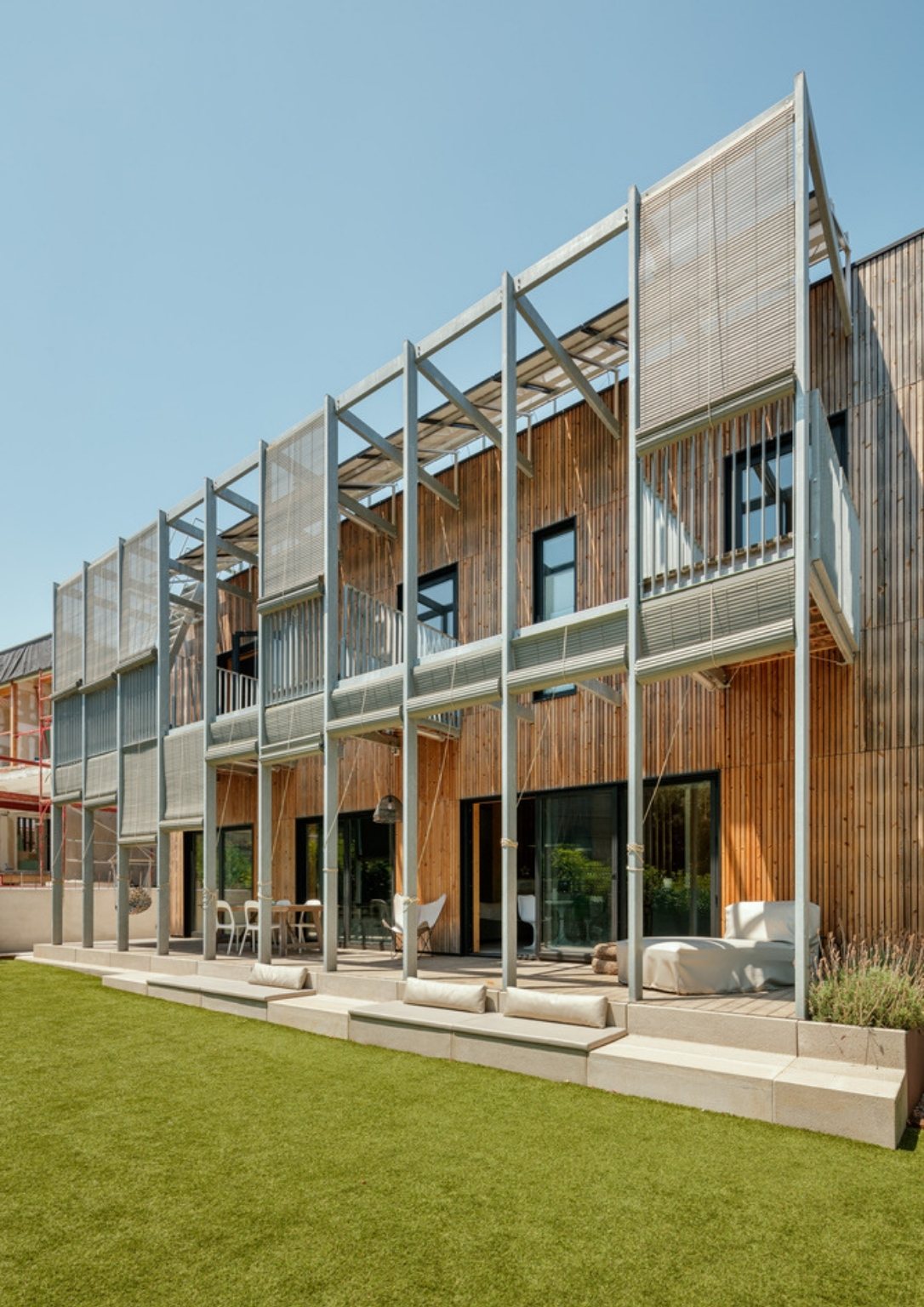

The residential structure is compact and well oriented. It has an airtight and detached facade to shun leakage. The first two floors are produced using a dry industrialized system. This translates to better insulation and decreased density providing a more spacious interior surface. Since these are prefabricated materials and lightweight in nature, it is easier to handle and cuts traditional execution time in half.
The structure is framed with wooden slabs, beams, and a Thermo-treated pinewood-stripped facade. Thermo-treating is a completely natural and environmentally friendly method of treating wood products making them resistant to fungi and rots without the use of chemicals. Moreover, the porch is established with a hot galvanized steel tube profile. It generates a center between the exterior and interior spaces. To protect the house from direct sunlight and radiation, wooden rolled shutters are placed on the facade. It also allows cross ventilation within the built environment.
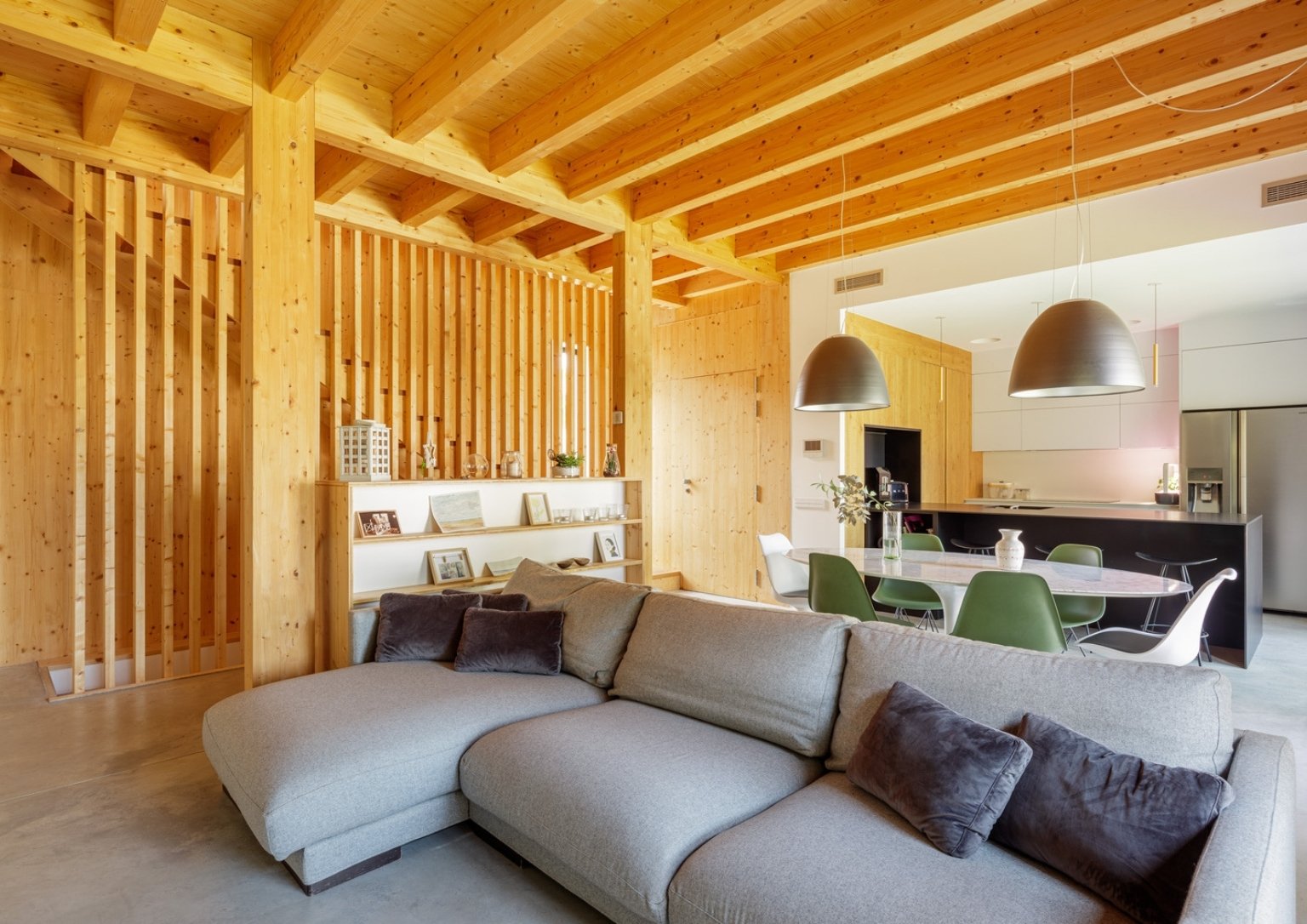
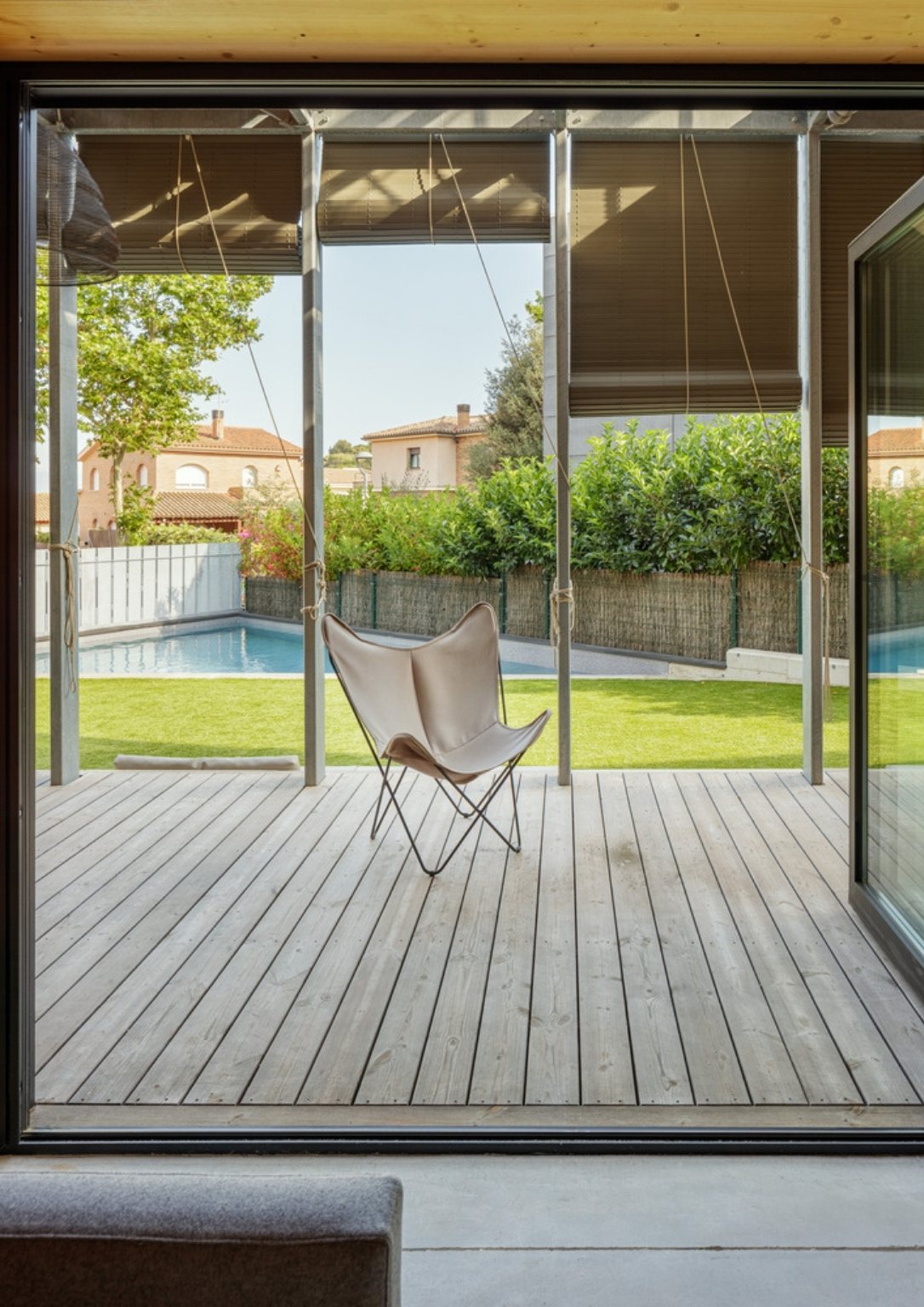

The concrete elements around the house are the plinth and the main level’s floor. It helps regulate the indoor temperature needed to make the structure a low-energy demand building. The roof has vegetation that shields the volume from harsh sunlight and creates a heat filter. In addition, a photovoltaic plant on the roof supplies the primary energy to the house. Accumulation batteries make the house independent from the electricity grid.
The architects made sure that the materials used in constructing the BE House are placed where it is most productive. Following the principles of Passive House, the team was able to create a dwelling that will provide solace for the family while contributing to nature’s preservation for years to come.
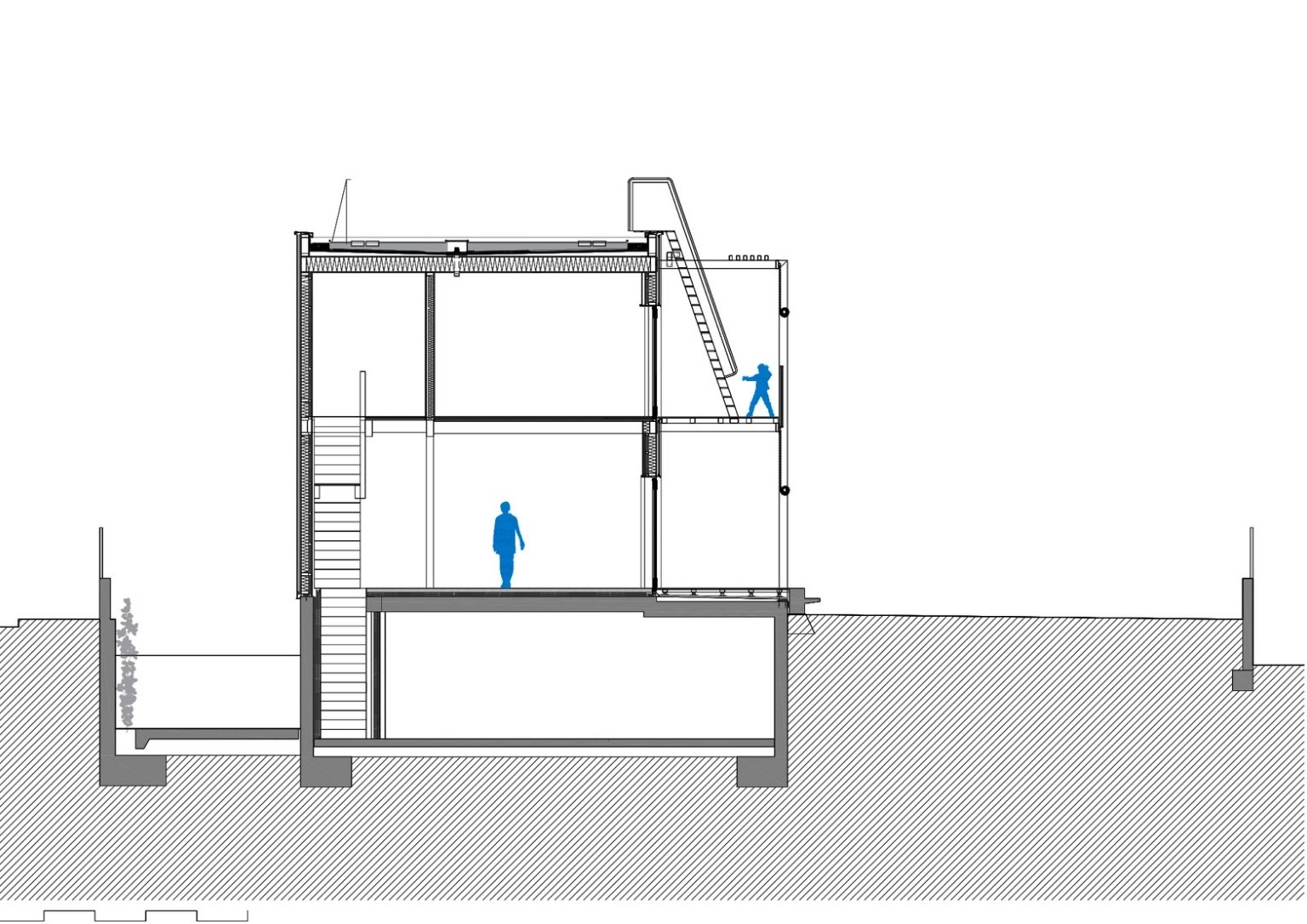
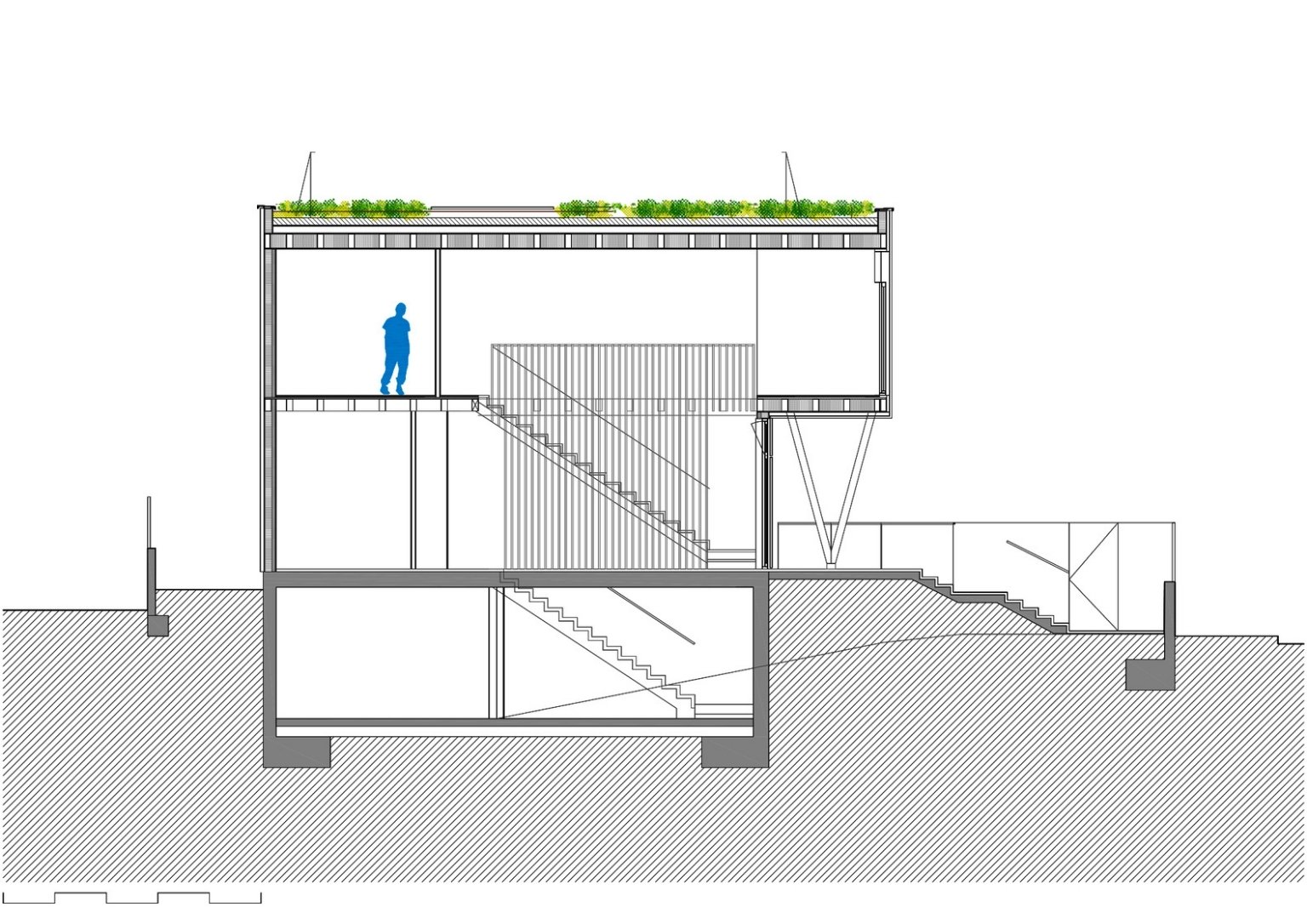
Photos courtesy of Aitor Estévez Olaizola.
